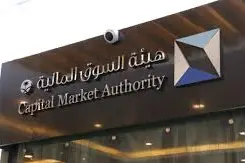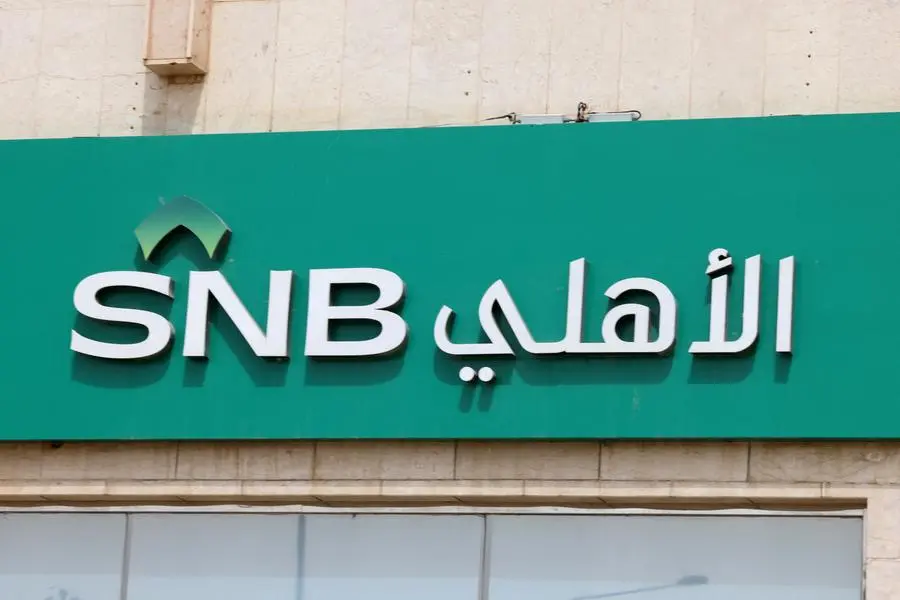PHOTO
FILE PHOTO: U.S. dollar bills are seen on a light table at the Bureau of Engraving and Printing in Washington, November 14, 2014. REUTERS/Gary Cameron/File Photo/File Photo
LONDON - A $275 billion market for high-risk bank debt has bounced back from a shock bondholder wipeout during the Credit Suisse rescue this year, but a bigger than expected slowdown in some major economies could test the market's revival.
Additional Tier One bonds -- AT1s -- were thrown into chaos in March after $17 billion of Credit Suisse AT1s were wiped out as part of a forced merger with UBS.
That raised questions about the future of the bonds which were introduced after the 2008 financial crisis to act as a shock absorber for banks, converting into equity if capital levels fall too low.
But confidence has returned as regulators from Europe to Asia reassured investors, who typically are attracted to these bonds because of their higher yields.
Banks, from Barclays to Societe Generale, have rushed to sell AT1s. The icing on the cake, was a $3.5 billion UBS AT1 sale early last month which attracted orders worth some $36 billion.
In the following two weeks, European banks issued more AT1s than in the roughly previous nine months combined, according to M&G Investments.
November was the strongest month for AT1s since January, with Invesco's $1.1 billion exchange-traded fund for such debt jumping 4.6%. It slid 12% in March.
That drew a line under March's Credit Suisse wipeout, in which the Swiss regulator had upended the long-established seniority of bondholders over shareholders, meaning shareholders got some money back while AT1 bondholders got nothing.
This prompted hundreds of claims against the Swiss regulator and it led to a 50% reduction in the amount and number of AT1 debt sales over the following nine months versus the same period of 2022, according to M&G.
Demand for these bonds has bounced back but may lose steam, as attention shifts towards an uncertain outlook for the global economy and the potential impact on the banking sector.
Credit ratings agency Moody's reckons sluggish global growth, a higher risk of borrowers defaulting on loans, and pressure on profitability mean banks face a negative outlook in 2024.
"We expect a high risk of recession in the U.S., European growth is also likely to be lackluster," said Puneet Sharma, head of market strategies at Zurich Insurance Group, on the AT1 outlook. "In such an environment, it is hard to just say banks are out of the woods completely," he said.
Joost Beaumont, ABN AMRO's head of bank research said: "AT1s are closest (in performance) to equities and for next year we expect higher funding costs for banks."
"Banks' loan-loss provisions are likely to rise because the economic backdrop is very weak and markets also price rate cuts, so profitability will be nowhere near what it was this year."
OPPORTUNITIES, DOUBTS
For now, the backdrop for AT1 sales remains favourable, investors said, given a risk-on environment and rate cut hopes.
Analysts estimate some $30 billion of AT1s face "call" dates next year -- when a bank can but does not have to repay a bond. The ability to issue more bonds is typically seen as a sign of robust financial health.
Mark Geller, global head of banks debt capital markets at Barclays, said while it took time for AT1s to recover, the investor base has seen the traditional make-up of hedge funds, private banks and "real money" investors -- asset managers which invest for the longer term -- return.
"Where we sit today versus where we were prior to the market volatility in March, and actually for the AT1 product over several years, the investor base has been remarkably consistent," he said.
A Japan Financial Services Agency official said that while the Credit Suisse episode had temporarily delayed AT1 sales by Japanese banks earlier, the regulator did not see "major concerns" now for the banks.
But challenges remain.
Australia's regulator in September published a paper on the challenges of using AT1s and plans to consult on any proposed changes to guidance next year.
More than half of AT1 bonds in Australia are held by retail investors, which means that forcibly converting the securities to equity or writing them off "could undermine confidence in the financial system", the regulator said at the time.
"It's the riskiest part you can go to in the corporate bond world, and following the events in March, I can see some clients that burned their fingers potentially excluding these securities from their investment universe," said Vontobel Fixed Income Boutique portfolio manager Christian Hantel.
UBS's recent debt sale included a clause that will help prevent AT1 bondholders from suffering a Credit Suisse-style wipeout.
Switzerland's reputation may take time to heal.
"We are seeing more allocations into AT1s in Europe," said Jerome Legras, head of research at Axiom Alternative Investments, adding: "My impression, is that there is still a significant change in the perception of risk towards Swiss authorities."
(Additonial reporting by Harry Robertson in LONDON, Scott Murdoch in SYDNEY, Makiko Yamazaki in TOKYO; editing by Jane Merriman)





















